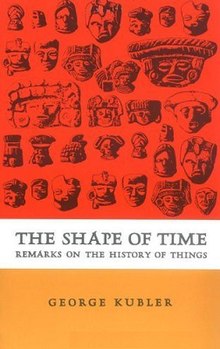Denotative (physical description of the piece):
This piece was derived from the quote by Jean Baudrillard, "Americans may have no identity, but they do have wonderful teeth". The key terms I decided to focus on within the piece are "America(n)", "Identity", "Perfect", "Teeth", and "Unknown". Visually, the piece have a dominant square or rectangular shape that includes a conglomerate of colors from the color wheel. This allowed me to choose from a multitude of colors to pull out with paint from the original Photoshop collage image. Ultimately, I felt that light blue, diluted red, vibrant red, and vibrant blue would be the best colors to choose to exemplify the colors that depict America. My attempts to "draw out" these colors and where they originate from on the printed collage are shown through different brush strokes with the paintbrush and a dripping effect with the color red in the bottom right corner. Because the Photoshop collage had a demanding rectangular shape, I thought it would be best to cut the Bristol pad it was pasted onto into an organic shape.
Connotative (emotions and associations):
I do not feel as though looking at my piece would be able to immediately reveal the quote it was based upon. I like this because it leaves room for interpretation. I feel like the incorporation of the colors from the American flag can help the viewer associate it with America on a basic note, but also the presence of teeth (both perfectly aligned and individual) gives it a feeling that should combine the two themes. My attempt at covering the Statue of Liberty, Austin Powers, and the unknown person's mouths with perfect teeth was to make the viewer uncomfortable or hyper aware of America's obsession with perfect smiles. The quote about the UK and character versus America with white teeth helps reveal the difference between the two nations, thus highlighting the skewed preferences.








